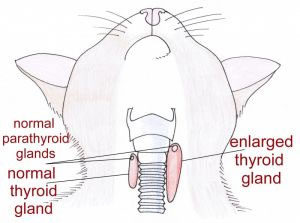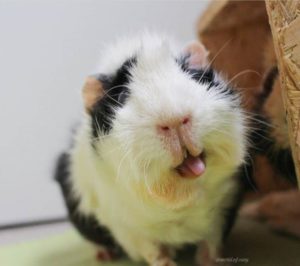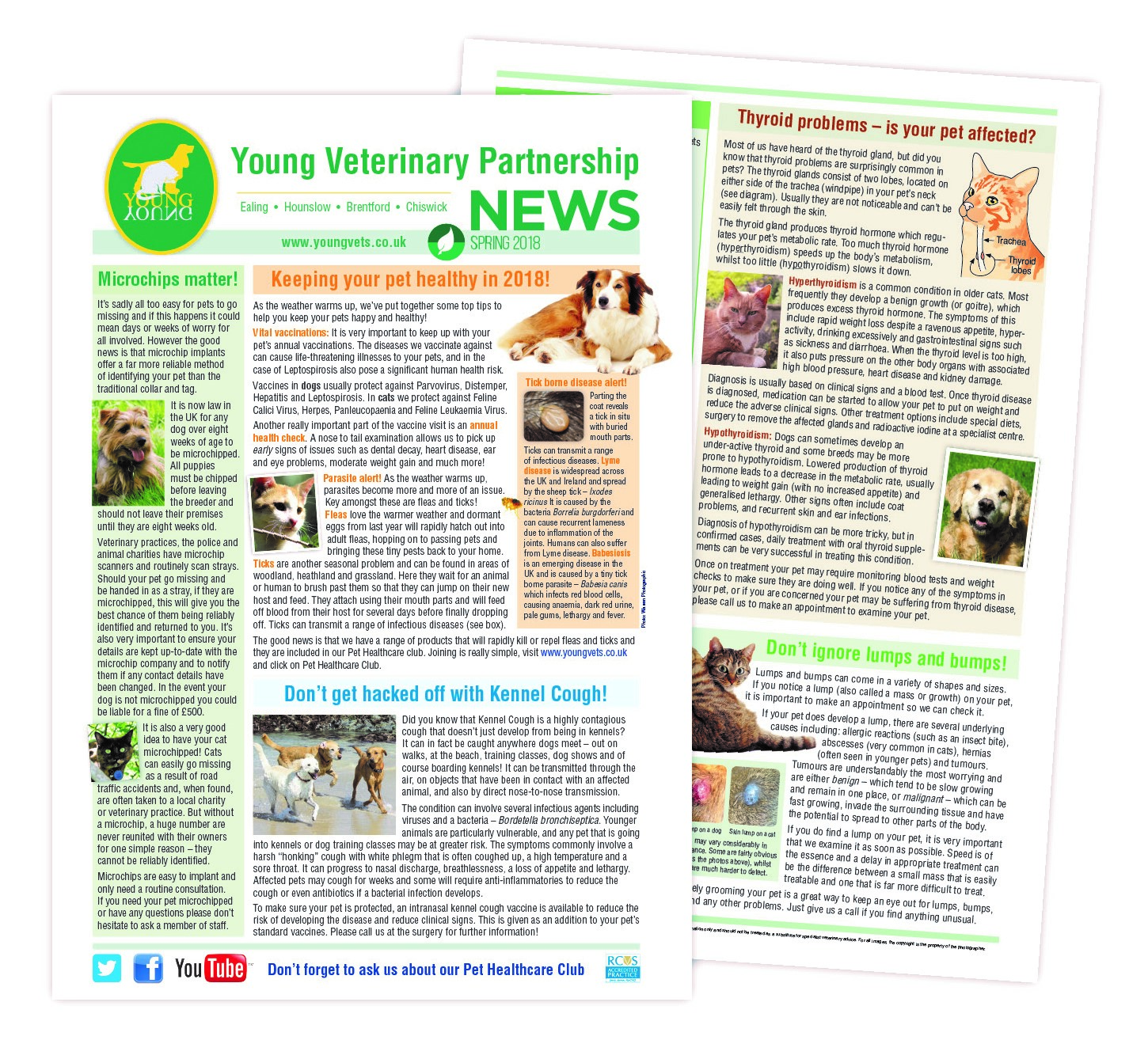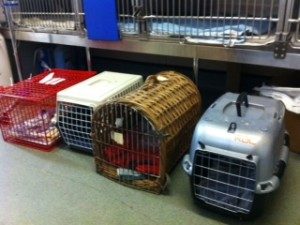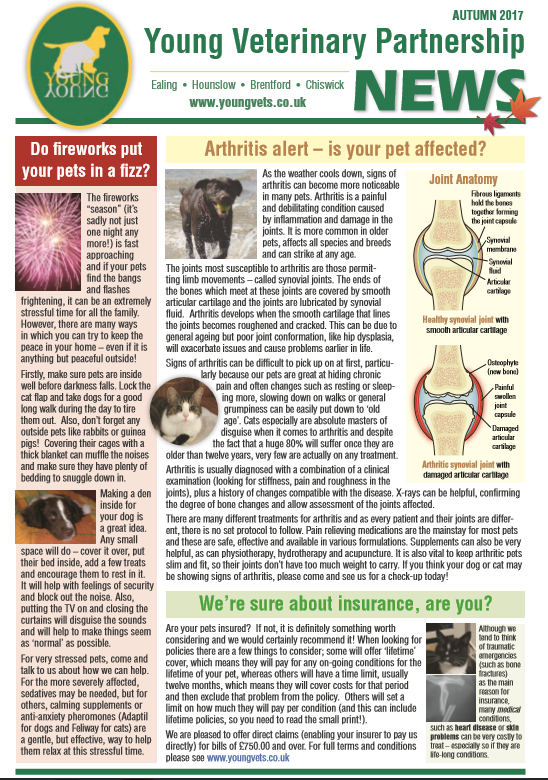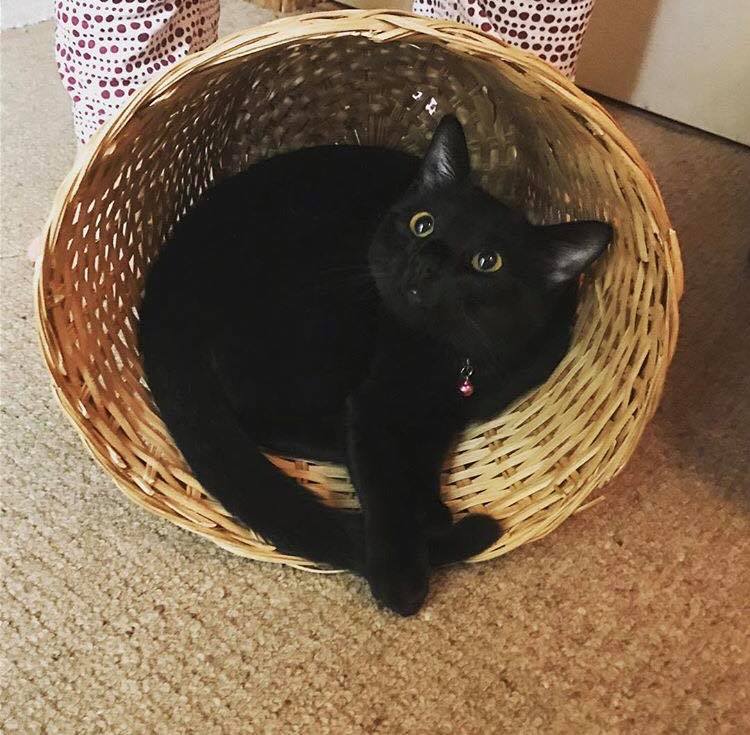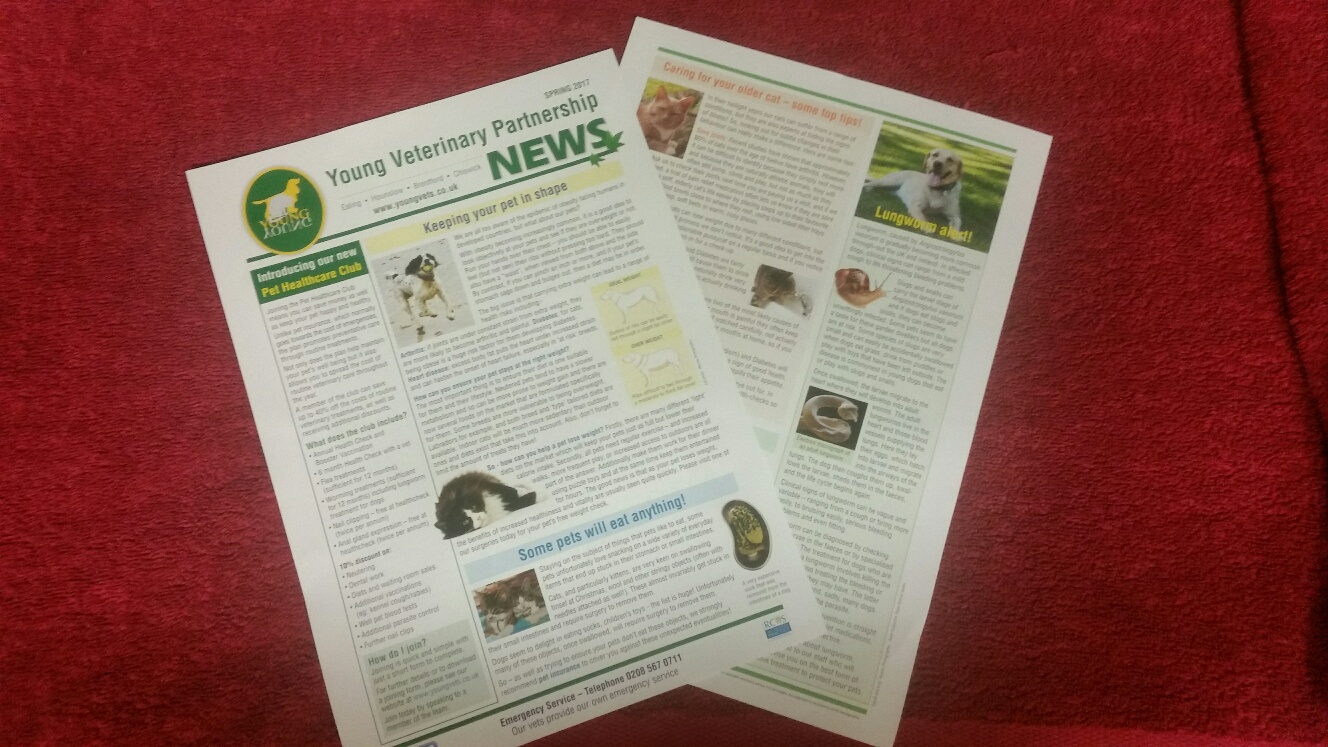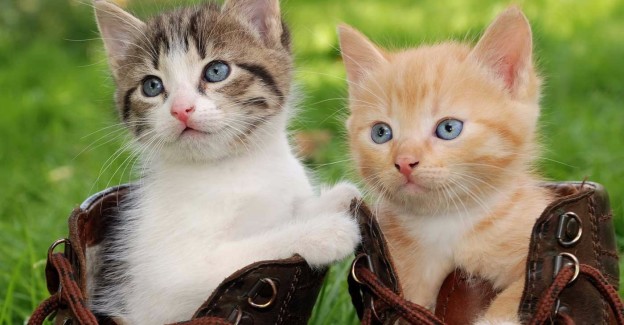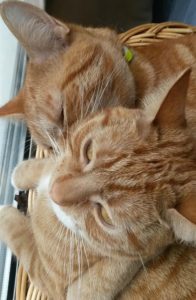Help my cat is messing in my house – this is something we often hear at Young Veterinary Partnership. Unfortunately there is many reasons this could be happening including medical and placement or size of the tray. Read through the below and see if any these situations apply to your cat and if you have any concerns please do not hesitate to contact us.
Why do cats urinate or mess outside of their litter tray?
A common misconception is that cats may be punishing you as their owner, for leaving them alone for too long. Cats do not do this, there will always be another reason.
Medical Problems
Cystitis causes an increased urgency, but normally with blood in the urine. Kidney problems, thyroid problems may cause your pet to drink more and so need to urinate more.
Cat litter box problems-
The litter box-
- Cats may not like using a soiled litter tray, clean it out frequently. Do not use ammonia containing detergents in the box as to the cat it may smell like cat urine ( which contains ammonia).
- If the sides of the box are too high, an elderly cat may struggle to get into it, or a small kitten may have difficulty.
- The type of litter used
- Finer clumping litter or coarse non clumping litter may be preferred by an individual cat. Try different types of litter
- Avoid using scented litter. Most cats prefer non-scented litter.
The location of the litter box
- Avoid placing the litter tray in a noisy, busy or dark area.
- If another cat, dog, or human scares your cat when she’s in the box, or attacks her as she leaves, she may not want to use the litter box..
Cats that do not want to use the litter tray usually eliminate on different surfaces. You may find urine and/or feces on either soft surfaces like carpets, beds, or clothing, or on hard, shiny surfaces like tile floors or bathtubs. Depending on the severity of your cat’s aversion, he may continue to use the litter box, but sporadically.
Inappropriate Site Preferences
Your cat may prefer using another surface, for instance carpets- and if so would not use a tiled bathroom floor. Alternatively your cat may choose to use the same inappropriate site – likely due to not wanting to use the litter tray. Unfortunately a medical problem such as cystitis may lead on to another problem such as preferring to use another type of surface.
Urine Spraying
If your cat rubs with his cheek, or scratches a surface, they are leaving their scent on the area. Similarly cats will sometimes spray small amounts of urine to leave their scent. This marks out their territory.
When cats spray it is usually on vertical surfaces, like the backs of chairs, or walls. They don’t crouch down to spray (as they do to urinate), but lift the tail which quivers, leaving a small patch of urine, often in the same places in the house. Un-neutered males and sometimes, un-spayed females spray most commonly, but 10% of neutered males and 5% of neutered females also spray. In households with multiple cats (particularly more than 7) the likelyhood of spraying is markedly increased.
Cats often spray when if their territory is threatened, such as when a new cat enters the home, or when neighbourhood cats come into their garden or house. New furniture and carpet smells may induce spraying behaviour. Cats also may spray if their routine is altered, such as a significant reduction in food availability.
My cat is not using the litter box reliably. What should I do?
The longer the cat has had the problem, the more likely it is to become habit. If you have more than one cat, you may need to separate them until you can be sure which one is causing the problem. If it is a faecal soiling problem, you can feed one cat small pieces ( 5mm) of a brightly colored non-toxic child’s crayon that will show up in the faeces. If you find urine puddles in the house, it is important to find out if it is spraying or normal urinating. You could set up a video camera when you’re not around, if you don’t see your cat in the act.
You should always take your cat to the vet, as soon as you have noticed a problem, so that they can rule out medical causes of the abnormal behaviour.
If there is no medical problem, then the following may help–
- Is there one type of surface upon which your cat eliminates? You could change your litter to match the surface. If she likes soft surfaces like carpeting, buy a softer, finer litter, and put apiece of carpet in her litter tray. If she likes smooth, shiny surfaces, try putting tiles in her box, covered with only a small amount of litter. Gradually add more litter.
- Is there a certain location she prefers? . Try placing a litter tray in her preferred location. Once she regularly uses it, gradually move the box a few inches a day back to the original location. Stop moving the tray if she stops using it; move it back to the spot where she last used it, then gradually begin moving it again.
- If you have multiple pets, your pet may be afraid of being attacked in or near the litter tray. If you are using a covered litter tray, try using an uncovered one that gives her a better view all around. Make sure that it is positioned so that there are multiple exits for your pet, and palce multiple litter trays around the house ( ideally one per cat plus one extra one).
- Make sure the litter tray is regularly cleaned, – if your cat eliminates near the box he may not like the smell or the type of litter, and if you change the type of litter do so gradually over a few days.
The box itself may be the offender. Larger cats need bigger boxes, and kittens and elderly cats need boxes with low sides. Although humans like covered boxes for reducing odor and stray litter, from your cat’s point of view, covers hold odors in, and restrict his view of the area. You may need to purchase several types of boxes and several types of litter to determine which combination your cat likes best. Finally, provide as many boxes as there are cats in the house—plus one. For example, if you have two cats, there should be three litter boxes. This decreases competition and gives each cat a box of his or her own.
How can I stop my cat from spraying?
Because spraying is different than other types of house soiling, different tactics are necessary to manage it. First, because there are often hormonal components to spraying, any intact animal should be neutered or spayed. Next, identify the stimuli that cause your cat to spray. If outside cats are responsible, motion detectors that trigger sprinklers may be used to deter them from coming onto your property. Additionally, you can discourage your cat from looking outside by closing blinds or shades, or by placing double-sided tape or electronic mats that deliver mild shocks onto your windowsills.
Address possible sources of frustration that may be causing your cat to spray. For example, introduce a new diet gradually, or discontinue it until the spraying is under control. Increasing the amount of playtime for an under-stimulated cat may also help ease frustration.
Spraying can also result from territorial disputes between cats in the same household. They may need to be separated and reintroduced slowly, using food treats to reward and encourage peaceful behaviour.
Applying odor neutralizers anywhere your cat has sprayed may prevent him from spraying there again. Another useful commercial product is Feliway, a synthetic pheromone that, when applied to household surfaces, mimics the scent of cat cheek gland secretions. Many cats will not spray on areas that have this scent. (See the end of this brochure for information on where to purchase the above-mentioned products.)
Will medications stop my cat from house soiling?
Spraying is more responsive to anti-anxiety drugs than other types of house soiling. However, medication is only part of the solution, and must be used in conjunction with environmental changes. Any medication can have potentially damaging and/or unwanted side effects, and not all cats are good candidates. Cats placed on long-term medication must be monitored closely by a veterinarian.
What can I use to clean my cat-soiled carpet, couch, and other household items?
Cats will re-soil and spray areas previously impregnated with their scent. Therefore, cleaning up your cat-soiled belongings is important, not only to undo the damage, but to break the cycle of elimination. Because it is much easier to eliminate odors in recently-soiled areas, clean them as soon as possible. A cat’s sense of smell is far keener than ours; therefore odors must be neutralized, not just deodorized. However, avoid cleaning products containing ammonia or vinegar—they smell like urine and can be irritating.
Other Tips
- Sheets of plastic, newspaper, or sandpaper, may discourage your cat from entering a soil-prone area.
- Try placing food bowls or toys in the area that is being soiled.
- You may be able to prevent access to a room by closing doors.
- It you catch him in the act of soiling you could shake a jar of coins to startle him, and so deter him. This is only useful if it is done DURING the act of soiling.
- Don’t shout or hit your cat- this may actually make things worse by scaring him.
Helpful hints for preventing litter box problems
1. Choosing an appropriate litter and box
- Most cats prefer unscented, finer-textured litter, at a depth of one to two inches.
- Young kittens, elderly cats, and cats with mobility problems need boxes with low sides.
- Overweight and large cats need bigger boxes.
- Most cats prefer an uncovered box that lets odors escape and allows a 360-degree view of their surroundings.
- Have as many litter boxes as cats in the house-plus one.
2. Choosing a good litter box location
- Cats prefer a location that is quiet, private, separate from their feeding area, and easily accessible 24 hours a day.
- Do not locate the litter box up or down stairs if your cat has trouble climbing.
- Place multiple boxes in different areas of the house.
3. Keeping the box clean
- If you use clumping litter, remove feces and clumps daily and add clean litter as needed.
- A liner may help keep the box cleaner, but many cats don’t like them.
- To clean the box, scrub it with a gentle detergent, dry it, and refill with clean litter. Litter should be changed often enough so that it looks and smells dry and clean. The more cats using the box, the more often this will need to be done.
- Replace old boxes that smell or are cracked.
